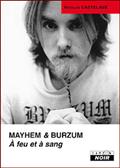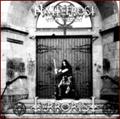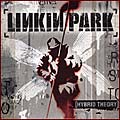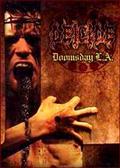CORBEAUX (FRA) - Hit The Head (2014)
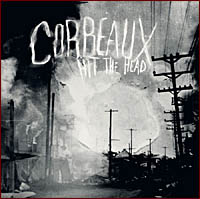
Label : Auto-Production
Sortie du Scud : 1er décembre 2014
Pays : France
Genre : Post Rock Instrumental
Type : EP
Playtime : 6 Titres - 35 Mins
Putain la claque.
C'est mon premier album Post Rock et comme tout les non initiés je craignais un peu l'ennui d'une musique sans chanteur. Grand bien m'a pris de faire confiance aux CORBEAUX quimpérois pour me déniaiser. Leur EP est une petite merveille de virtuosité, une perle de Post Rock Metal.
Fondé en 2010, le groupe a sorti un premier album en 2011 puis un split EP en 2012 quand leur bassiste les quitte pour des sonorités plus Electro / Ambient.
Nouveau bassiste donc, et énorme évolution du son. Avec Hit The Head, CORBEAUX gagne en rugosité, en grain, il est plus abrasif, plus tendu. Plus limpide... et plus Metal, donc.
Le combo la joue collectif, il privilégie le dialogue entre instruments aux soli de psychopathe. Rien n'est improvisé, ce n'est pas l'enregistrement d'une session de jamm mais la mise en musique d'un travail réfléchi, raisonné, millimétré. Chaque instrument est à sa place. Les dialogues entre guitare sont hallucinants de précision et de justesse, la section rythmique se cale juste au bon endroit, souvent en soutien, parfois en premier plan le temps d'une variation mélodique... Une telle osmose n'est pas le fruit du hasard.
Et puis il faut bien prévoir les phases de transition car personne ne viendra chanter pour couvrir une approximation. Les mouvements de la mélodie doivent se suffire à eux-mêmes. Et ils le font.
Illustration par l'exemple.
"Cran d'arrêt" (1) : Riff de guitare comme une démangeaison, arrivée de la basse dans les mêmes tonalités. La batterie se réveille pour une attaque brutale et impose un tempo repris par tous les instruments. Break, les guitares laissent le champ à la basse qui impose à son tour un tempo. Passages obsédants où tout le groupe répète un riff jouant sur l'effet d'echo et de réverbération. Break, travail d'orfèvre sur la batterie, petite touche de synthé pour donner de la profondeur, grosse caisse. La batterie prend à nouveau le dessus tout en délié et en légèreté. Les autres accompagnes gentiment. Accélération du tempo accompagnée par des roulements de cymbale, réveil de la basse puis des guitares. Explosion sonore. Final en apothéose.
"7th avenue" (3) : Ouverture synthé, guitare mélodique, on sent qu'un truc se prépare, un souffle, la guitare reste seule mais à l'arrière les autres instruments commencent à gémir. La basse pose un tempo lent sur lequel la guitare plaque des accords faciles. La batterie s'éveille, claire et tonique. Petage de plomb à 3:50 avec apparition d'un nouveau riff et montée dans les aigus avec un motif harmonique inédit. La batterie a accéléré le tempo et la grosse caisse roule comme le tonnerre, tous les instruments suivent le mouvement dans un déchainement qui se termine dans une agonie de guitare saturée.
On a parfois des moments de grâce. On écoute une musique qui est parfaitement en phase avec l'instant présent. C'est ce que j'ai vécu avec cet EP. Je ne garantis pas un effet similaire chez tous les auditeurs, mais c'est de la bonne came, pas de doutes.
Ajouté : Jeudi 08 Janvier 2015
Chroniqueur : Rivax
Score :     
Lien en relation: Corbeaux Website
Hits: 7748
|



